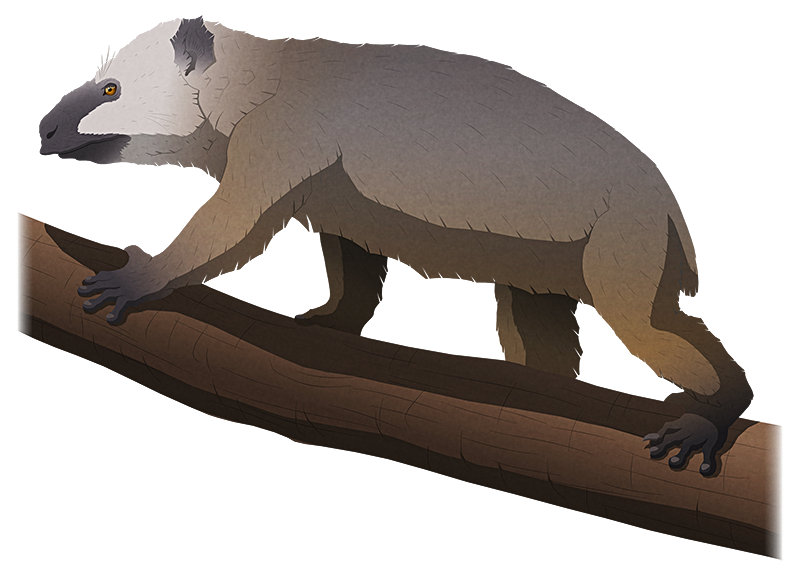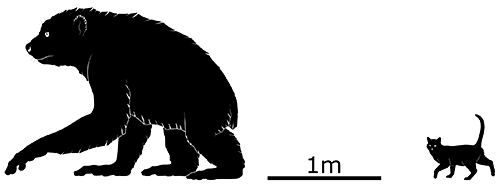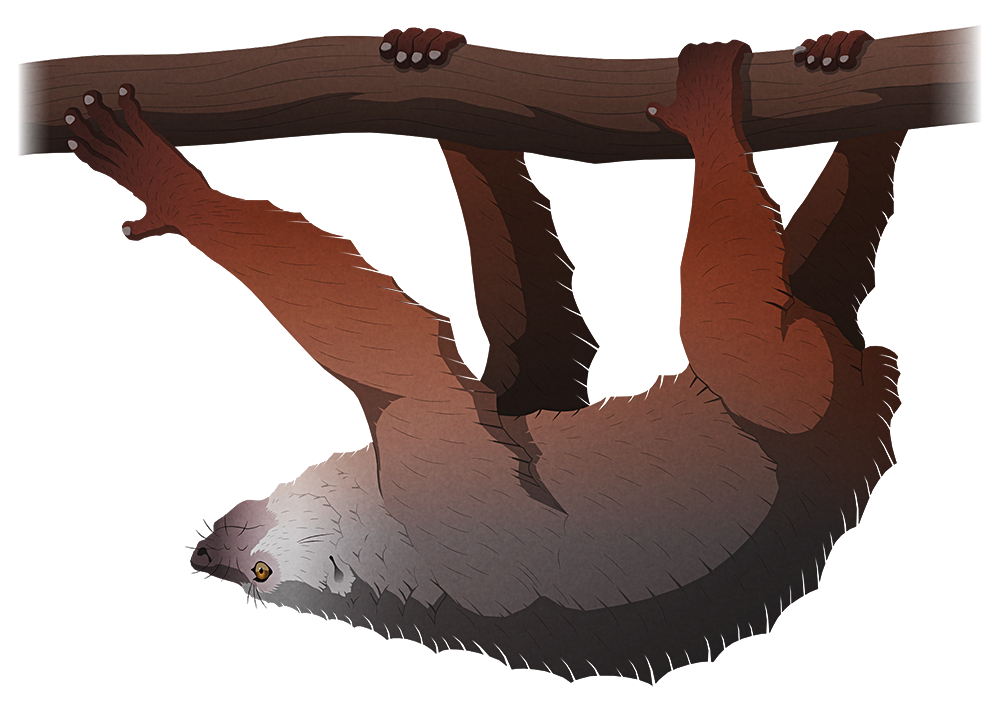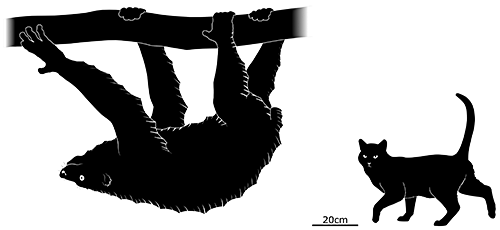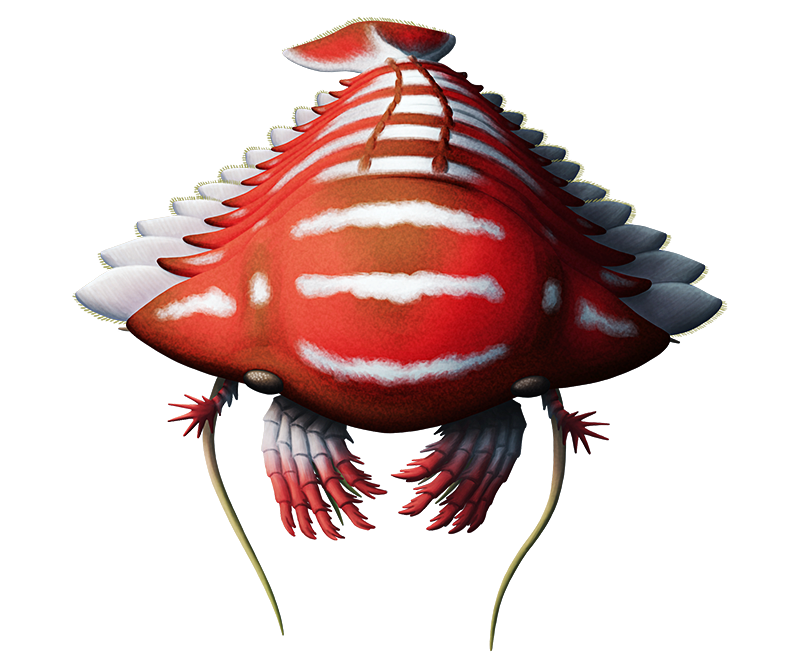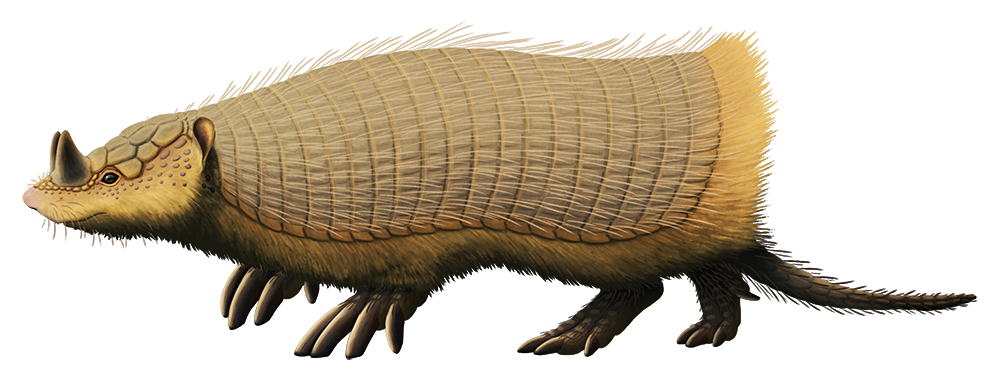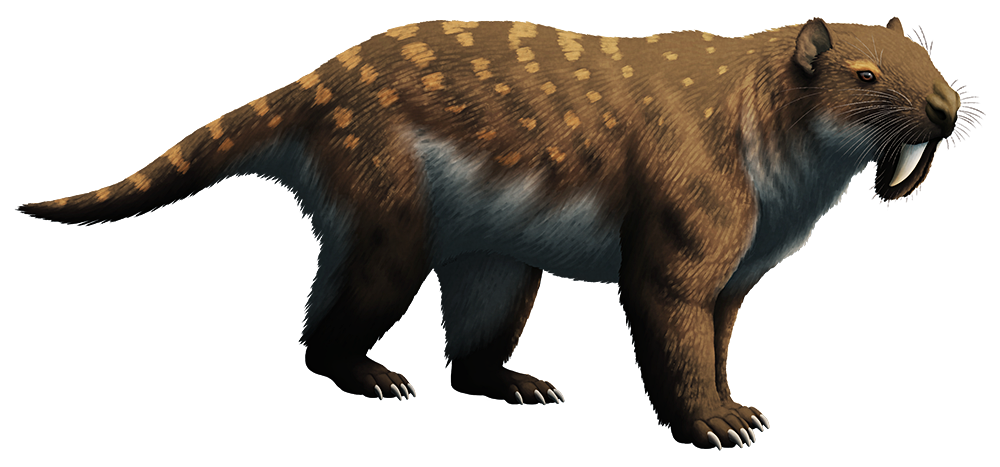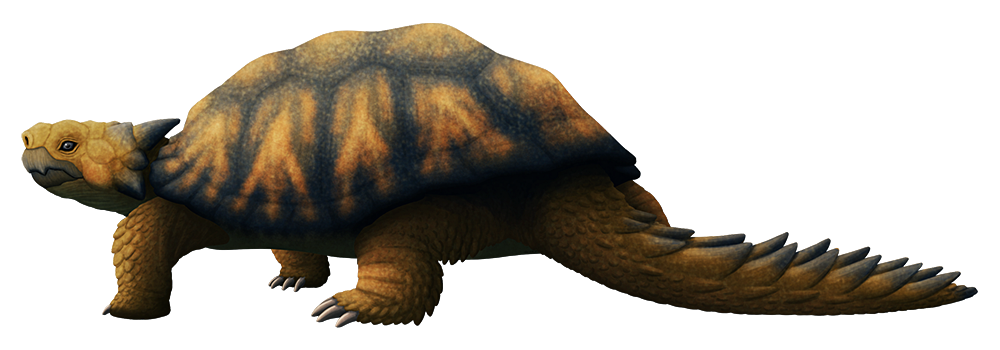One of the most mysterious members of Madagascar’s pre-human ecosystem was a creature known as Plesiorycteropus, or the “bibymalagasy”.
It’s known only from fragmentary remains, including a few limb bones, vertebrae, partial skulls, and partial pelvises – with two different species identified, the larger Plesiorycteropus madagascariensis and the smaller Plesiorycteropus germainepetterae. For a long time it was it was unclear what type of mammal it even was and the best guess seemed to be “some sort of small aardvark-relative” based on anatomical similarities, but various studies disagreed and some even considered it to represent a completely unique order of mammals.
In 2013 an analysis of preserved collagen from one bone finally gave a better answer – Plesiorycteropus was most closely related to tenrecs, which arrived in Madagascar via ocean rafting during the mid-Cenozoic, and the skeletal resemblance to aardvarks was due to convergent evolution.
It was built for scratch-digging, using its strong forelimbs and claws to dig while bracing itself with its hindlimbs and long thick tail. Its snout had large nasal cavities, indicating a good sense of smell, and similarities to the skulls of armadillos suggest it had the same sort of diet of insects, grubs, worms, and other soft foods. It may also have fed on ants and termites.
Since it’s only known from fragments its full size is hard to determine, but rough estimates suggest Plesiorycteropus madagascariensis was “small dog-sized” – possibly having a head-and-body length of 60-80cm (2′-2′7), and a total length of over 1m (3′3″).
Unlike some other extinct Malagasy animals there are no historical or folkloric accounts of anything resembling the bibymalagasy. One bone has been carbon dated to just over 2000 years ago, shortly after the arrival of human settlers, and it seems to have gone extinct very soon after that date.



